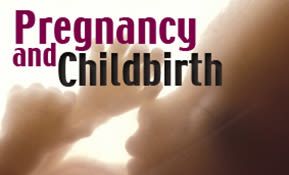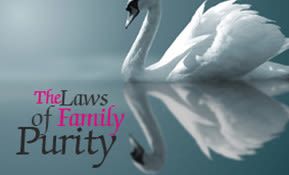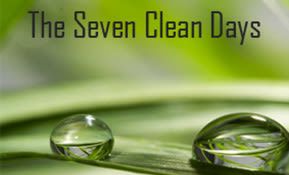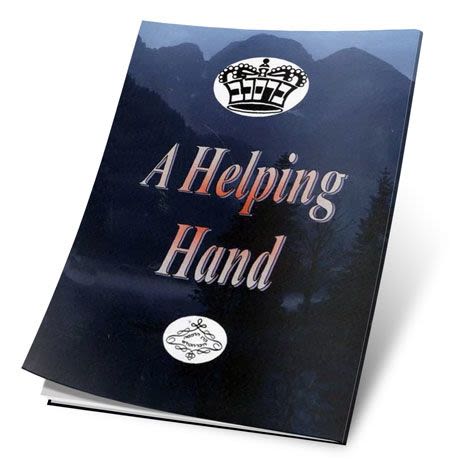
The Status of Nidah
Breslev Israel is pleased to present a nutshell course in Jewish family purity. This week, we learn the parameters of what constitutes a “Nidah” according to Jewish Law.

The Laws of Family Purity, Part 2
Section One: How A Woman Becomes A Nidah
1. What does the expression “Nidah” mean?
The expression “Nidah” refers to the status of a woman when she experiences a discharge of blood from her vagina. This discharge of blood does not have to be from the commencement of her menstrual period, for even if a woman sees a small amount of blood, she is considered a Nidah.
In addition, if a woman feels that she is beginning to experience her menstrual flow, but upon making an internal examination finds nothing at all, we assume that a small drop of blood must have issued from her and was lost. She then might also be considered a Nidah. If a woman does not experience any feeling of a discharge, but finds blood or stains of unclean colors on her undergarments or on her body, she is also considered a Nidah. The Laws concerning internal examinations and the Nidah Prohibitions will be discussed in future sections, G-d willing. It should be noted that there is no difference between a married and single woman in reference to the Nidah prohibitions.
2. If a woman feels a discharge and immediately examines herself but finds no blood, is she considered a Nidah?
If the woman examines herself immediately after feeling a discharge and does not find anything, there is a difference of opinion as to whether or not she is a Nidah. Therefore, a competent Rav should be consulted.
If upon checking, the woman finds a white or other type of discharge which does not cause her to be a Nidah, we assume she is clean.
3. What happens if a pregnant or nursing woman feels a discharge, immediately examines herself, and finds nothing?
In the case of a pregnant or nursing woman who examines herself either immediately after feeling the discharge or a while later, the Poskim (Halachic Authorities) are more lenient, since it is assumed that a pregnant woman will not see blood during her pregnancy. However, there are Poskim who consider even a pregnant woman as unclean in such a case. Therefore, a competent Rav should be consulted.
4. What Laws (Jewish laws) come into effect when a woman becomes a Nidah?
As soon as a woman becomes a Nidah, she must separate from her husband. This separation includes all forms of physical contact, even that of just touching one’s spouse with a finger. This separation applies to the husband as well as to the wife. There are many other Laws pertaining to this separation which will be discussed later, G-d willing.

5. What is the Halachah (Jewish law) if a woman tells her husband incorrectly that she is a Nidah due to anger, as a joke, or for any other reason?
A Rav must be consulted, since we might accept the woman’s statement as true and prohibit her to her husband.
Section Two: Staining
6. Must a woman assume that if she finds a blood stain the size of a griss (a grain of barley) on her undergarments or body she has to wait at least five days to make a hefsek taharah (examination that the bleeding has terminated) and then count seven clean days, following all the Laws of a Nidah?
Yes. A woman who finds a stain the size of a griss has to follow all the Laws of a Nidah. However, if she finds the stain during her seven clean days, she only has to recount her seven clean days, not the initial five-day waiting period. It should be added that even if the stain is smaller than a griss the woman might be unclean like a regular Nidah. Therefore, a Rav should always be consulted.
7. What is the Halachah if a woman finds a stain on her body or undergarments that is smaller than a griss?
There are authorities who say the woman is a regular Nidah. Therefore, a Rav should always be consulted even concerning a tiny speck of blood.
8. What is the Halachah if small stains of blood are found scattered around that are not attached?
If the size of the blood stains when combined equals at least the size of a griss, the Halachah differentiates between those scattered stains, which are found on a woman’s clothing and those which are found on her body. When the scattered stains are found on her clothes, each stain is judged individually and if they are each smaller than the size of a griss, the woman is clean and the blood is considered as the blood of an insect. When the scattered stains are found on her body, they are judged by their combined size. If when they are combined together they equal the size of a griss, the woman is a Nidah.
9. What is the Halachah if a woman finds a stain on the toilet paper upon wiping herself after going to the bathroom?
It should be stressed that after a woman wipes herself, she should dispose of the toilet paper without looking at it. However, if she does look at it and sees a discoloration, she has to show it to a Rav since she may have the status of a Nidah.
10.Does a stain always make a woman a Nidah no matter where on the clothing or body it is found?
No. There are many Laws concerning the location of the stain and whether it causes the woman to become a Nidah in that particular location. There are also various other Laws regarding stains; therefore, whenever a woman finds a stain anywhere on her clothing or on her body, she should consult a competent Rav.
To be continued.
(Reprinted with kind permission of Yeshivat Neveh Tzion and www.neveh.org)









Tell us what you think!
Thank you for your comment!
It will be published after approval by the Editor.